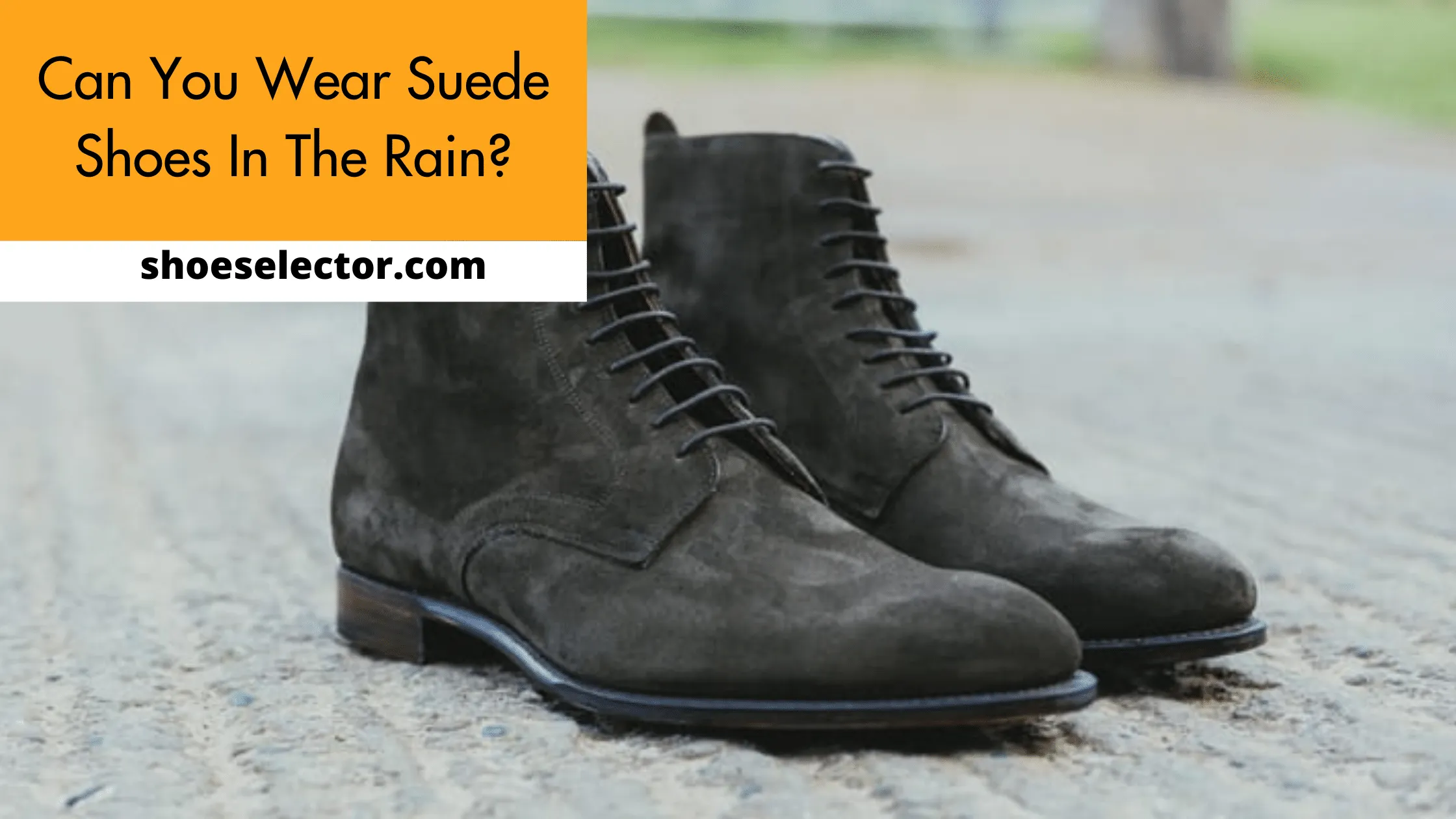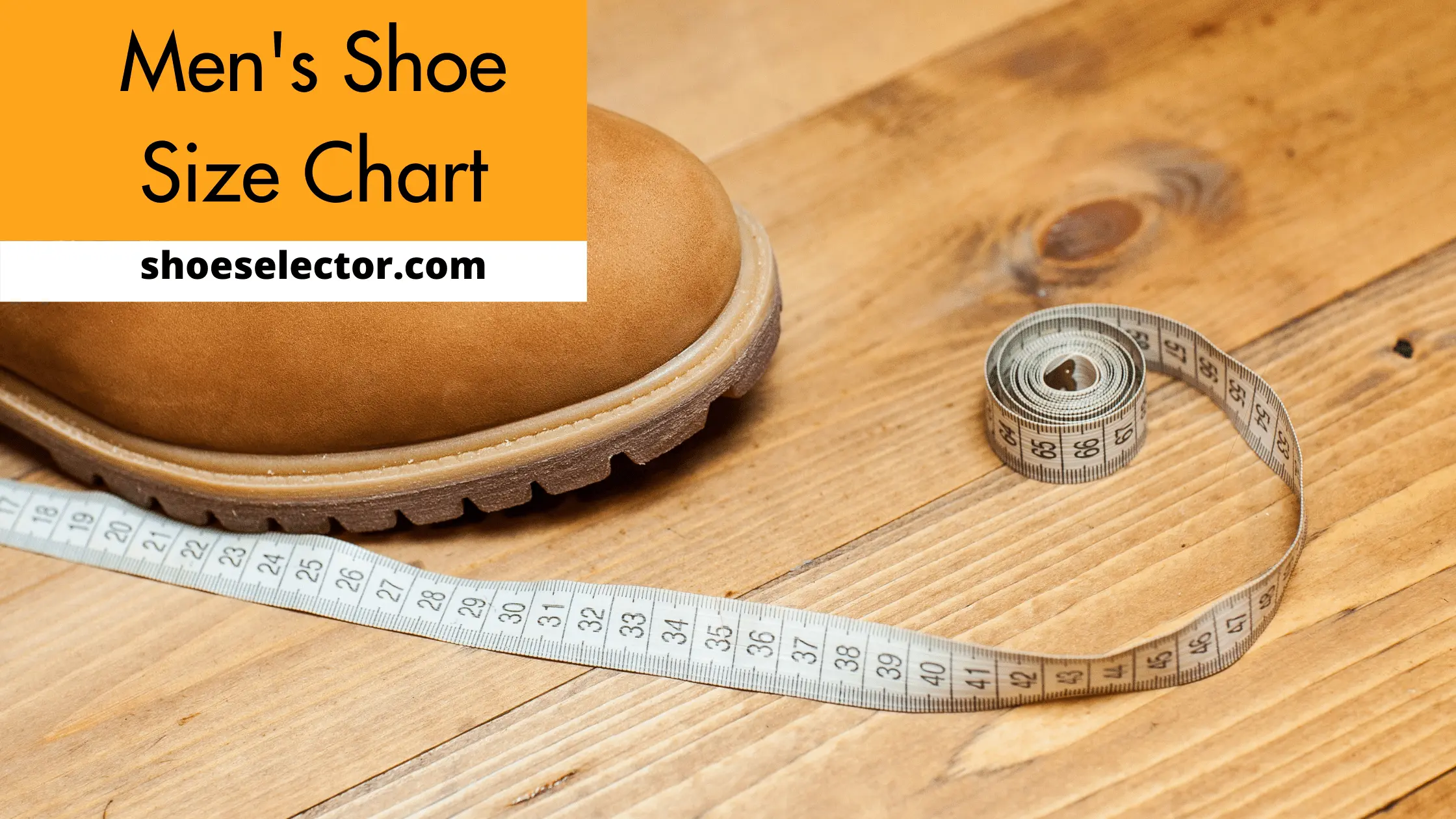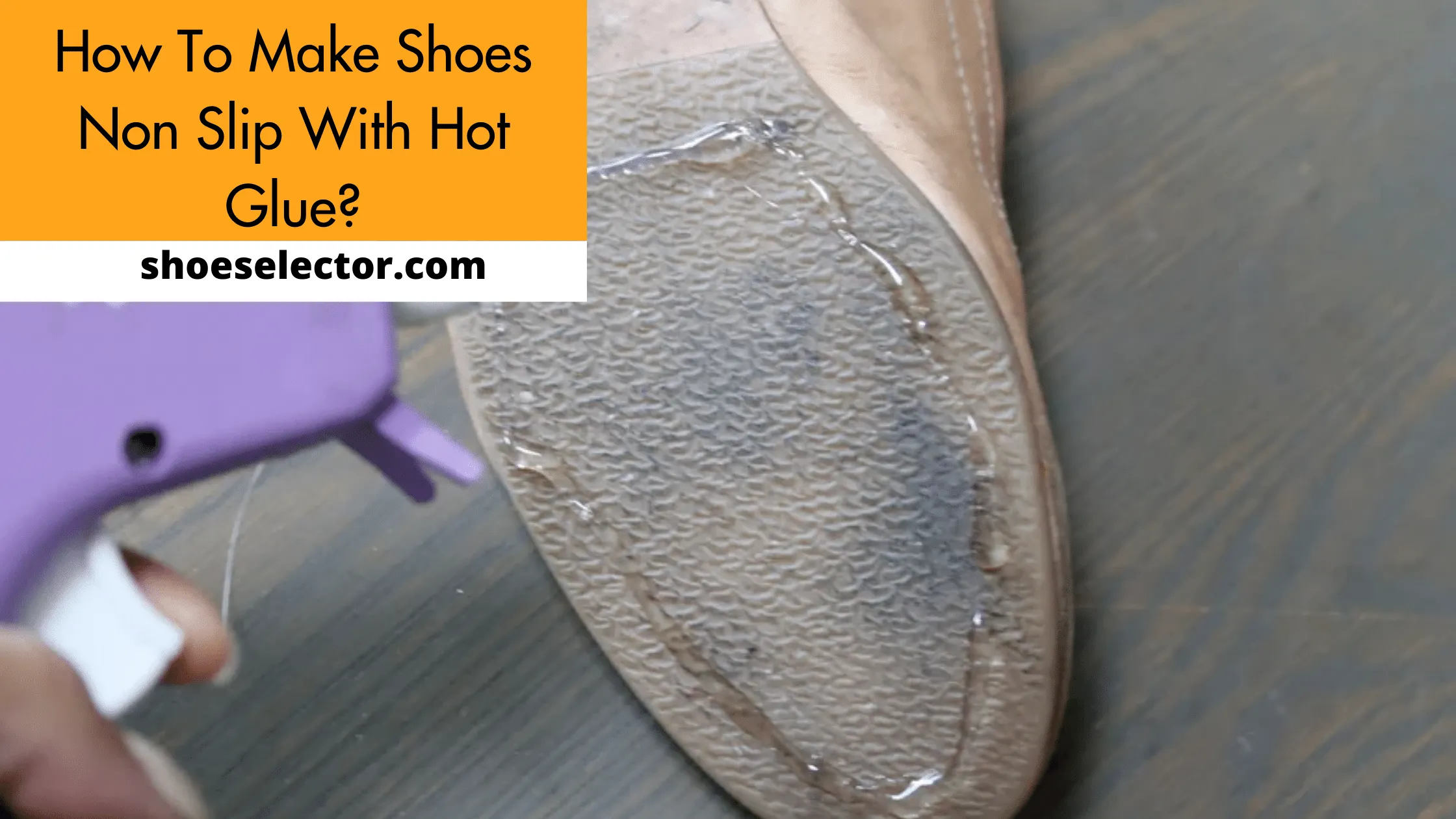Do you often struggle to find shoes that fit well? If so, you’re not alone. In fact, finding the perfect pair of shoes can be quite a challenge, especially if your feet are on the larger or smaller side. That’s why we’ve put together this comprehensive unisex shoe size chart. With this guide, you’ll be able to find shoes that fit like a glove no matter what your foot size! So whether you’re in need of some new dress shoes or just a comfortable pair of sneakers, check out our guide below. You’re sure to find the perfect pair of shoes for your feet!
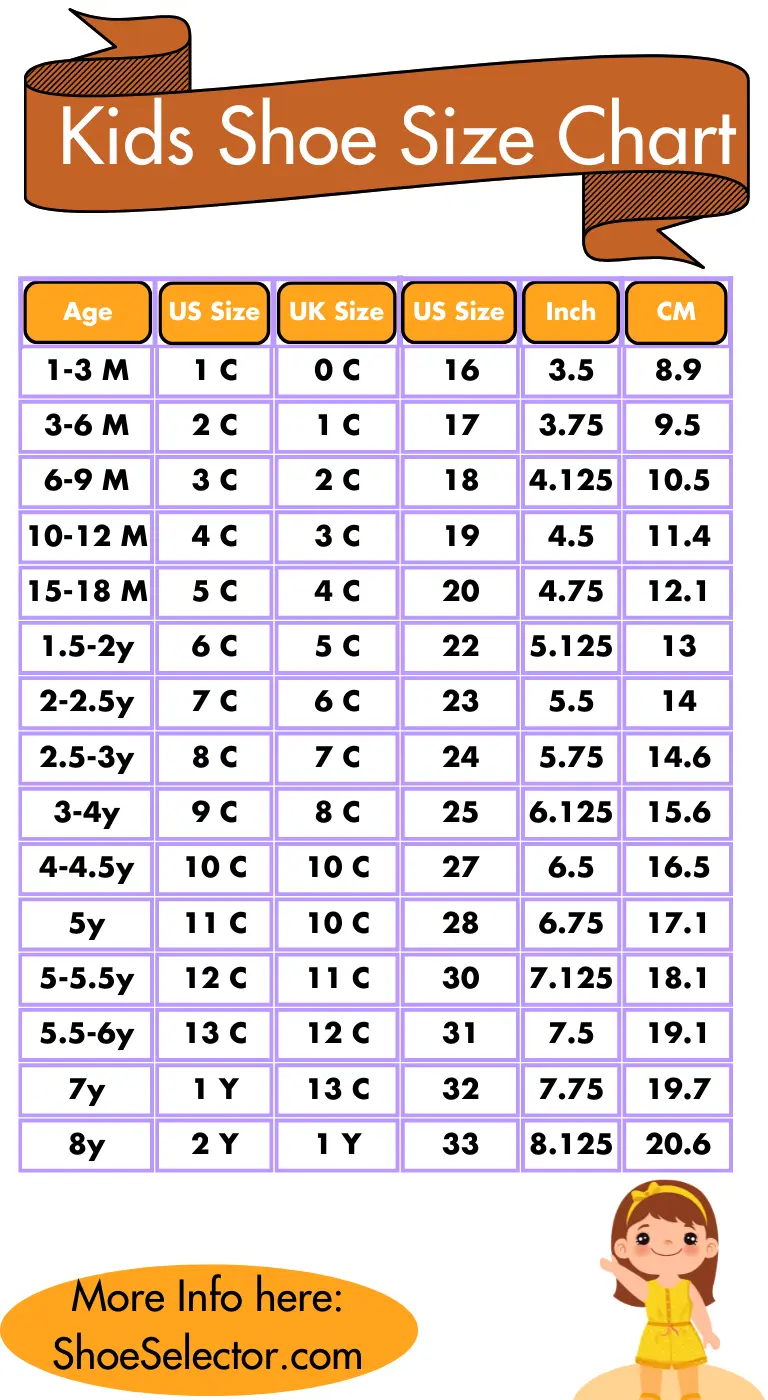
What are Unisex Shoe Sizes?
There is no standard definition of what constitutes a unisex shoe size, as manufacturers generally produce shoes in sizes that correspond to gender norms. However, some brands do produce shoes in what could be considered unisex sizes, which tend to fall between the traditional men’s and women’s size categories. In general, unisex shoe sizes are usually labeled with the men’s size designations (such as “M” for medium) followed by a dash and then the women’s size designation (such as “W” for wide). For example, a common unisex shoe size might be something like 10M-8W. As always, it’s best to try on shoes before purchasing them to ensure a comfortable fit.
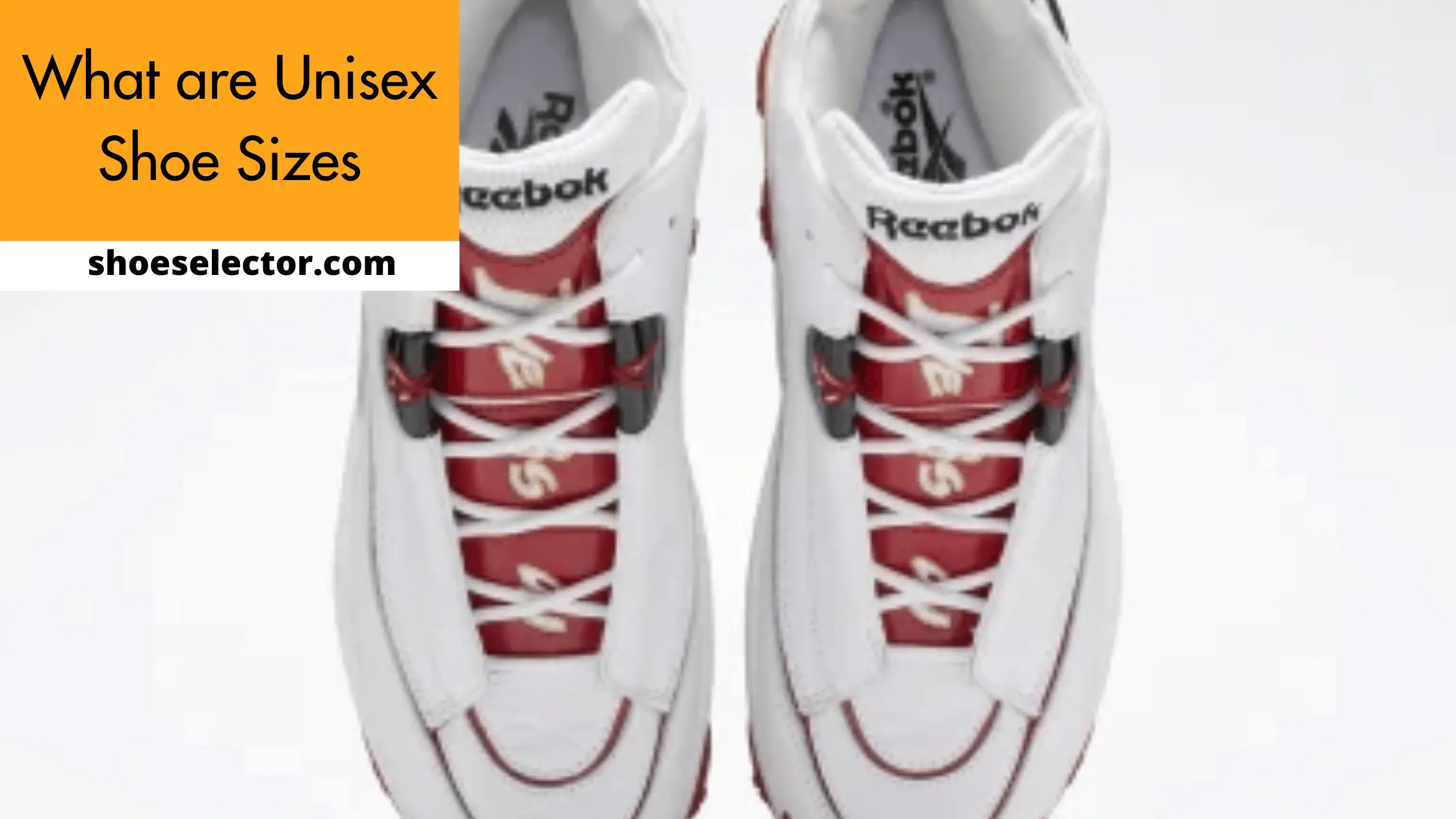
Why Is It Important To Measure Your Unisex Feet?
It is important to measure your Unisex feet because you need to purchase the correct size shoes. Shoes that are too small will cause discomfort and shoes that are too large will cause the shoe to slip off.
How Do Shoe Sizes for Unisex Work?
There are a few different ways that shoe sizes for unisex work. The first is by using a size chart. The second is by measuring your foot. And the third is by trying on shoes to get a good fit.
Now, let’s talk about each of these methods in a little more detail.
When it comes to using a size chart, you’ll want to make sure that you’re looking at one that’s specifically for unisex shoes. This is important because the sizes can differ slightly from women’s or men’s shoes. Once you have the right size chart, simply find your measurements and choose the corresponding size.
Measuring your foot is also pretty straightforward. Just like with the size chart, you’ll want to make sure that you’re using a unisex shoe size chart. Once you have the right chart, simply measure your foot and find the corresponding size.
Finally, try on shoes to get a good fit. This is probably the most important step, as no two feet are exactly alike.
How Do You Know What Size to Buy?
However, there are a few general tips you can follow when shopping for unisex shoes.
First, consider the type of shoe you want to buy. Different styles will fit differently on your foot, so it’s important to choose a style that will be comfortable for you. For example, if you have wide feet, you’ll want to avoid shoes with narrow toe boxes.
Second, take into account how the shoe will be used. If you’re buying dress shoes, you’ll probably want a more snug fit than if you’re buying sneakers or sandals. Keep in mind that shoes will generally stretch out a bit over time, so you may want to buy them slightly snugger than you think.
Finally, don’t be afraid to ask for help. If you’re unsure about what size to buy, ask a salesperson or someone else who knows about shoes.
So How to Measure Your Perfect Unisex Shoe Size Feet?
However, there are general guidelines you can follow to make sure you’re getting the right size shoe for your feet.
First, you’ll want to measure your foot length. To do this, simply trace around your foot on a piece of paper and then measure the distance from the heel to the longest toe. Once you have this measurement, consult a size chart (like this one!) to find out what your corresponding shoe size is.
Next, you’ll want to consider width when selecting a shoe. Most shoes will come in either narrow, medium, or wide widths so it’s important to pick the right one for your foot. To determine width, simply trace around your foot on a piece of paper and then measure the distance from the widest part of your foot. Once you have this measurement, consult a size chart to find out what your corresponding shoe width is.
Finally, don’t forget to factor in things like arch height and instep when choosing a shoe. These are important considerations that will affect the fit and feel of your shoe.
How Often to Size Your Unisex Feet?
It’s generally a good idea to measure your feet every few months, especially if you’re growing or if you’ve gained or lost weight. This will help ensure that you always have the right size shoe for your feet.
How to Make Sure the Unisex Fit is Correct?
The great thing about unisex clothing is that anyone can wear it. But how can you be sure that the fit is correct?
Pay attention to the sizing:
Unisex clothing is usually sized according to chest circumference, so take your measurements and compare them to the size chart. If you’re in between sizes, it’s usually best to size up.
Consider the fabric:
Some fabrics are more forgiving than others, so if you’re concerned about the fit, opt for a stretchier fabric.
Think about the style:
Some styles are more relaxed than others, so if you’re unsure about the fit, choose a loose-fitting style.
What is the Average Shoe Size for Unisex by Age?
There isn’t really an “average” shoe size for unisex by age, as everyone’s feet are different. However, you can use a unisex shoe size chart to find the right size for your feet. Simply measure your foot and find the corresponding size on the chart.
What is the average Unisex shoe size by age UK, US, EU, and Japan?
However, there are general trends that can be observed in different parts of the world. In the UK, for example, the average shoe size for an adult male is between 9 and 12. For an adult female, the average shoe size is between 5 and 8. In the US, the average adult male shoe size is between 10 and 13, while the average adult female shoe size is between 6 and 9. Meanwhile, in Japan, the average Unisex shoe size by age tends to be smaller than in other parts of the world, with sizes ranging from 21 to 24 for adults. Ultimately, it is important to remember that everyone’s feet are different and that there is no “perfect” shoe size. The best way to find the right size for you is to measure your feet.
What are Some of the Best Unisex Shoes?
There are a variety of great unisex shoes on the market. Some of our favorites include the following:
- Allbirds Wool Runners: These shoes are made from Merino wool and are designed to be both comfortable and stylish. They’re perfect for everyday wear and can be dressed up or down.
- Toms Classic Slip-Ons: These slip-ons are comfortable and easy to wear. They’re perfect for casual days or running errands.
- Converse Chuck Taylor All Star Low-Top Sneakers: These iconic sneakers are comfortable and versatile. They can be dressed up or down and are perfect for everyday wear.
Things to Know Before Reading the Unisex’s Shoe Charts:
There is no global standardization for unisex shoe sizing, so make sure to measure your feet before choosing a size.
Size: Unisex shoes are sized according to chest circumference. To find the right size, measure your foot and consult a unisex shoe size chart.
Width: Unisex shoes come in a variety of widths. To determine width, simply trace around your foot on a piece of paper and then measure the distance from the widest part of your foot.
Length: Unisex shoes are available in a range of lengths. To find the right length, simply measure your foot from heel to toe.
Here are Some Tips on How to Use A Unisex Shoe Size Chart:
Shopping for shoes can be a bit of a challenge, especially if you’re not sure what size to buy. That’s where a Unisex shoe size chart comes in handy. These charts provide a general guide to finding the right size, but keep in mind that there can be some variation between brands. In general, you’ll want to choose a size that is slightly larger than your foot measurement. This will allow for some wiggle room, and help to ensure a comfortable fit. Keep in mind that you may need to adjust the lacing or use an insert to get the perfect fit. With these tips in mind, you’ll be able to find the right shoes for any occasion.
How to Check Perfect Unisex Shoe Size Chart By Numbers?
- Take out a measuring tape and measure the length of your foot in inches.
- Consult a Unisex shoe size chart to find the corresponding size.
- Finally, try on the shoes to make sure they fit comfortably. If they’re too tight or too loose, you may need to adjust the lacing or use an insert to get the perfect fit.
Unisex Shoe Size Calculator:
To find your perfect fit, enter your foot length (in centimeters) and the width of your foot (in millimeters). Then, consult the unisex size chart to find the corresponding size.
- Foot Length (cm)
- Foot Width (mm)
- Unisex Shoe Size
Unisex Shoe Size Chart & Conversion:
The following chart provides a general guide to finding the right size, but keep in mind that there can be some variation between brands. In general, you’ll want to choose a size that is slightly larger than your foot measurement. This will allow for some wiggle room, and help to ensure a comfortable fit.
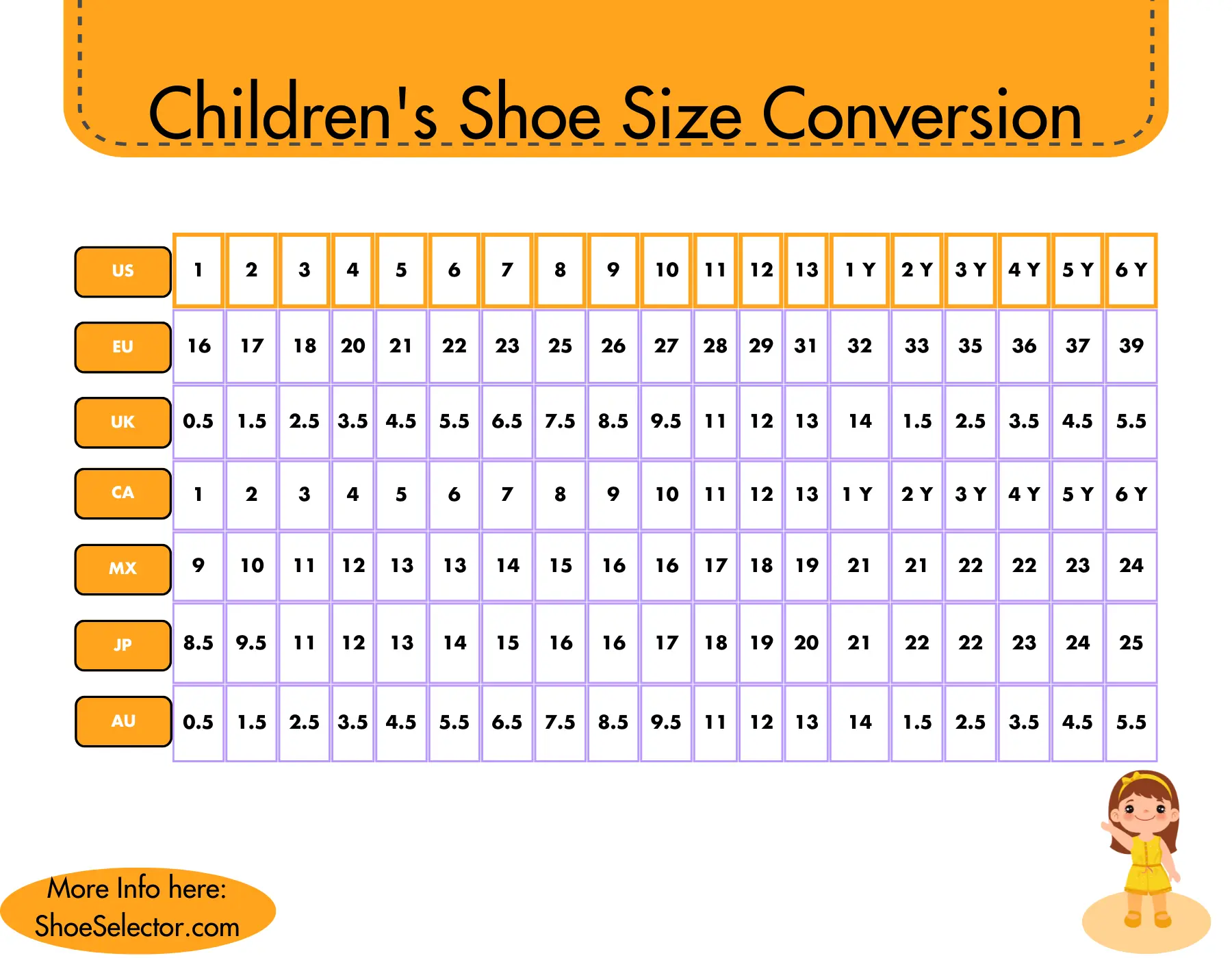
Following is the unisex size chart for shoes:
Size Length (in inches)
- 21 12.25
- 22 13.0
- 23 13.75
- 24 14.625
- 15 15.0
Length (cm) 27, 30, 32, 33, 34, 36 Unisex Shoe Size 21, 22, 23, 24, 25
- 38, 39 Unisex Shoe Size 26, 27
- 41 Unisex Shoe Size 28
- 43 Unisex Shoe Size 29
Unisex Shoe Sizing Tips and Advice:
One important thing to keep in mind is that foot size can vary significantly from person to person, and even from one foot to the other - so don’t be surprised if you end up needing two different sizes for your left and right foot. It’s also worth bearing in mind that foot size can change over time, so it’s a good idea to get your feet measured regularly (every 6 months or so) to make sure you’re still wearing the right size.
Finally, remember that different brands can have slightly different sizing so it’s always best to try on a shoe before you buy it to make sure it’s a comfortable fit.
Common Unisex Shoe Sizing Mistakes to Avoid:
There are a few common sizing mistakes that people make when buying shoes, and it’s important to be aware of them so you can get the perfect fit. Here are a few of the most common ones:
- Buying shoes that are too small or too big in order to “make them fit”
- Assuming that your shoe size is the same as your calf size
- Buying shoes based on the size listed on the box instead of your actual foot measurements
- Not getting fitted for shoes by a professional before buying them
- Buying shoes with an inadequate amount of arch support
Frequently Asked Questions
How do Perfect Unisex shoe sizes increase from time to time?
There’s no such thing as a perfect unisex shoe size; sizes will vary depending on the brand, style, and type of shoe. However, it’s generally accepted that shoe sizes tend to run slightly larger for men than women. This is because men’s feet are typically wider and longer than women’s feet. So, if you’re looking for a pair of unisex shoes that fit both genders perfectly, you may want to go up a size or two.
How do I convert UK size Unisex shoes to USA sizes?
There is no definitive answer to this question since shoe sizes vary by manufacturer. However, a general guideline is that the UK size corresponds to the USA size multiplied by 0.9. So, for example, if you are a UK size 8, you would wear a USA size 7.2 shoe. Keep in mind that this is only a guideline and that you should always consult the sizing chart on the manufacturer’s website before making a purchase.
What Age is Do Unisex Feet Stop Growing?
According to most experts, our feet stop growing sometime in our late teens or early twenties. So if you’re in your early twenties and still notice your feet growing, don’t worry - it’s totally normal! There are a few factors that can affect how quickly our feet grow. For example, girls tend to have faster-growing feet than boys, and people who are taller tend to have faster-growing feet than those who are shorter. Additionally, during puberty, there is a growth spurt in which the body grows rapidly (including the feet), so you may notice your feet growing more during this time. Generally speaking, though, by the time we reach adulthood our feet should be close to their adult size.

